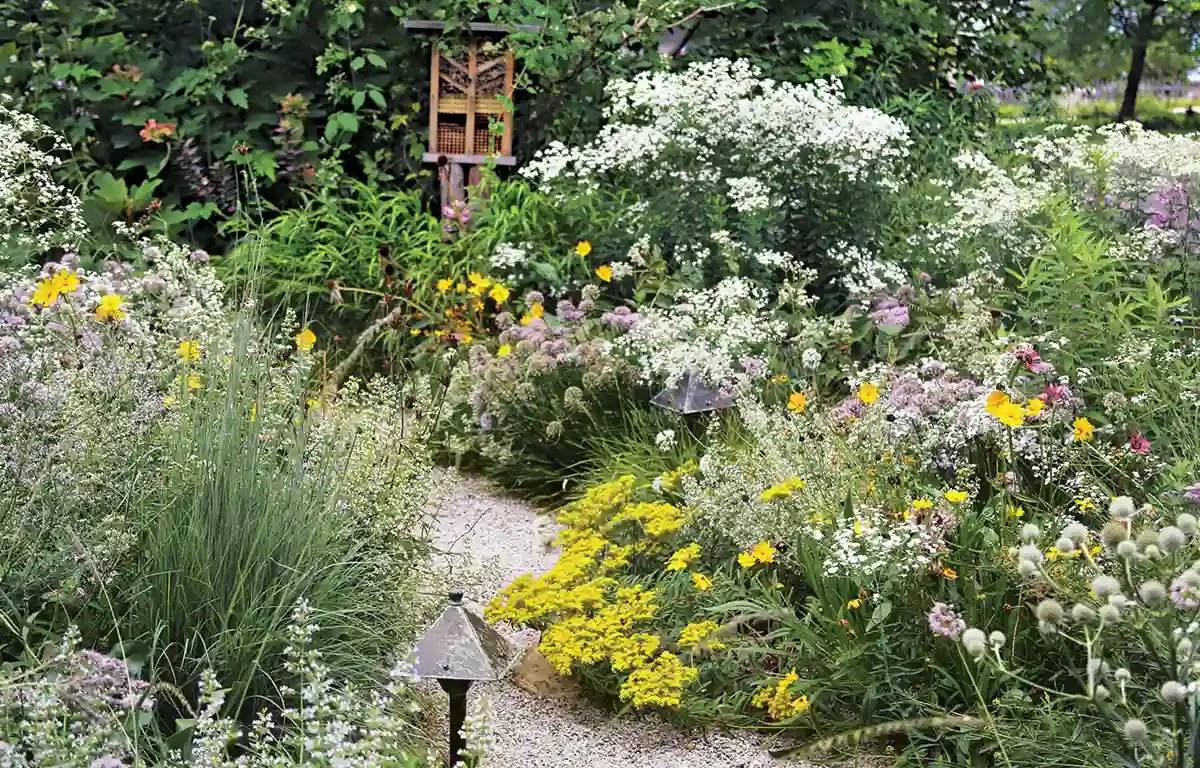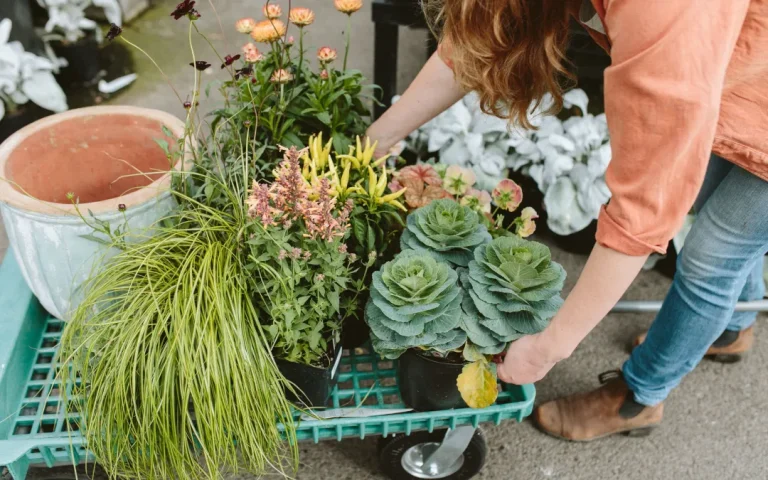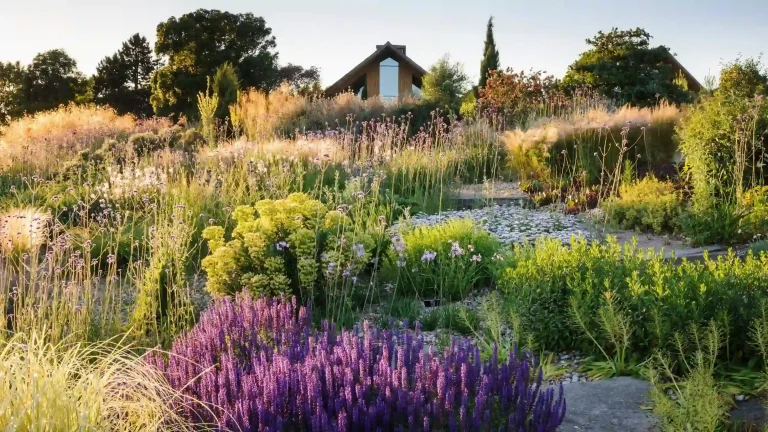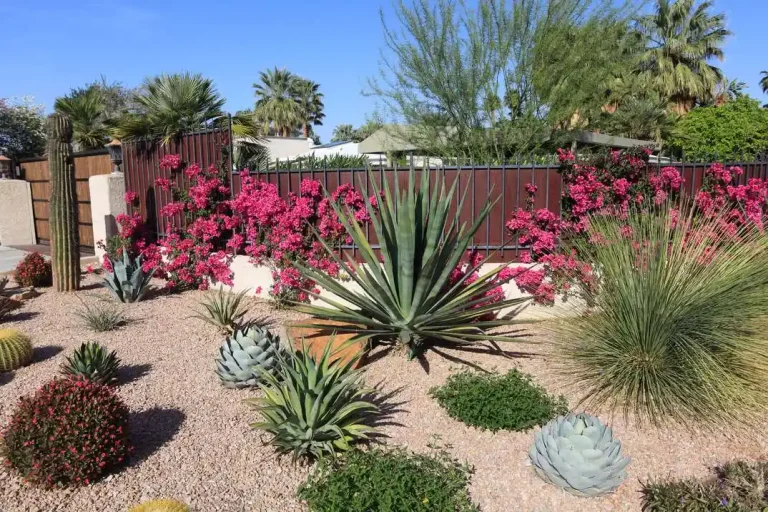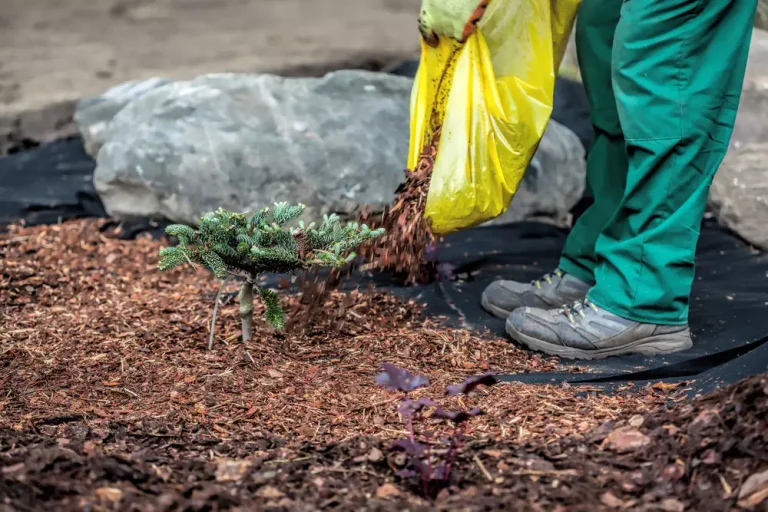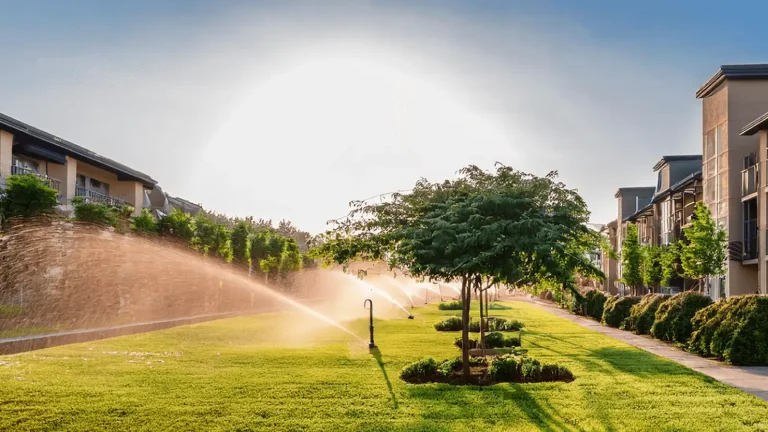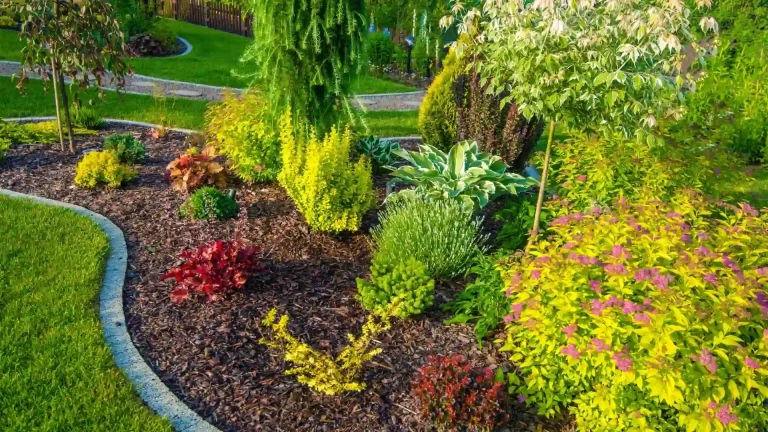High‑End Pollinator‑Friendly Garden Design: Elegance Meets Ecology
A pollinator-friendly garden can be beautiful, ecological, and refined, not just a wild meadow. High-end pollinator-friendly garden design elevates the concept by integrating luxury materials, intentional structure, curated plant palettes, and premium features while still prioritizing habitat for bees, butterflies, hummingbirds, and other pollinators.
In a high-end context, design must balance artistry and function. The garden should look intentional from every viewpoint: structural elements (pathways, seating, water features, sculpture) must harmonize with pollinator habitat, rather than feeling like an afterthought. The plant palette should combine native and nectar‑rich species with ornamental appeal, chosen for bloom succession, texture contrast, and seasonal interest. Maintenance infrastructure (irrigation, soil preparation, pest management) must be robust so that the garden remains pristine without high resource input.
When executed well, a high-end pollinator garden becomes a statement in the landscape that draws pollinators, delights guests, and enhances property value and prestige.
Key Design Principles for Luxury Pollinator Gardens
Plan for Seasonal Continuity & Succession
A high-end pollinator garden must provide nectar and pollen from early spring through late fall (or year‑round in mild climates). Choose early-season bloomers (e.g., native crocus, early willows), mid-season staples (coneflowers, salvia, bee balm), and late-season standouts (asters, goldenrod, sedum). This succession ensures pollinators always find food.
In a refined layout, group plants by bloom seasons and colors so transitions feel graceful. Avoid abrupt jumps from one color to another; rather, build blending transitions, for example, lavender to pale blue to deep mauve in overlapping zones.
Create Vertical & Habitat Layers
Vertical diversity gives form and ecological niches. Include groundcovers, mid-height perennials, shrubs, and small trees. Pollinators of different types (ground bees, butterflies, hummingbirds) benefit from the layered design.
Also, integrate habitat elements like insect hotels, bare soil patches, nesting stems, and native shrubs for shelter. These elements should be subtly integrated into the design so they feel like elegant garden features, not “wild corners.”
Water & Puddling Features as Focal Points
Water features are both functional and aesthetic. Incorporate shallow birdbaths, basalt troughs, or custom stone basins. Provide flat stones or pebbles so insects can safely drink without drowning. Include “puddling stations” (damp sand or clay spots) for butterflies to extract minerals.
In a luxury garden, these water elements become sculpture: a low-profile stone basin, a minimalistic trough with gentle overflow, or a custom fountain that doubles as a pollinator hydration station.
Use High-Quality Materials & Artful Hardscape
Paths, walls, seating, and edging should be made of premium materials (natural stone, washed gravel, corten steel, high-grade pavers) that harmonize visually with planting. Stepping stones or meandering paths should feel integrated, not separate. High-end design uses tight detailing: crisp edges, hidden transitions, refined materials that complement the plant palette.
Emphasize Native & Nectar-Rich Species with Ornamental Appeal
While native plants are key to pollinator support, in a luxury setting, you may include “nativars” or non-hybrid varieties known for high nectar production. But avoid overly sterile hybrid cultivars lacking nectar.
Color palettes, form, leaf texture, and bloom timing should all be considered as “ornamental.” When you choose a bee‑magnet plant, ensure it also contributes design value from form, silhouette, or contrast.
Ecological & Aesthetic Benefits of High-End Pollinator Gardens
Enhanced Biodiversity & Ecosystem Support
A thoughtfully designed pollinator garden doesn’t just attract pollinators, it sustains them. By providing food, nesting, shelter, and water, you support native bees, butterflies, moths, birds, and beneficial insects. Over time, the garden becomes a living ecosystem.
In upscale landscapes, this ecological value becomes an asset: the garden is not only decorative but functionally restorative, contributing to regional biodiversity.
Reduced Input & Sustainable Maintenance
Native and pollinator‑friendly plants often require less fertilizer, lower pesticide input, and moderate irrigation once established. Over time, the garden becomes self-regulating. Because of careful design, weeds are suppressed, and the garden can look pristine with minimal intervention.
Elevated Property Value & Prestige
A garden that is both beautiful and ecologically robust is a selling point. For high-end properties, pollinator garden design signals luxury with a purposeful statement about stewardship, sophistication, and modern aesthetics.
Visual Depth & Seasonal Interest
Pollinator gardens with succession bloom, diverse structure, and habitat features create visual depth and dynamic interest. They shift through the seasons, telling a living story. The garden is never static; it evolves, blooms, seeds, and rests elegantly.
Premium Products & Tools to Enhance Pollinator Garden Design
Below are five real-world product ideas that support high-end pollinator-friendly garden design. Each is described with features, benefits, use cases, and acquisition guidance.
1. Pollinator Garden Sign (Vinyl Sticker or Metal Plaque)
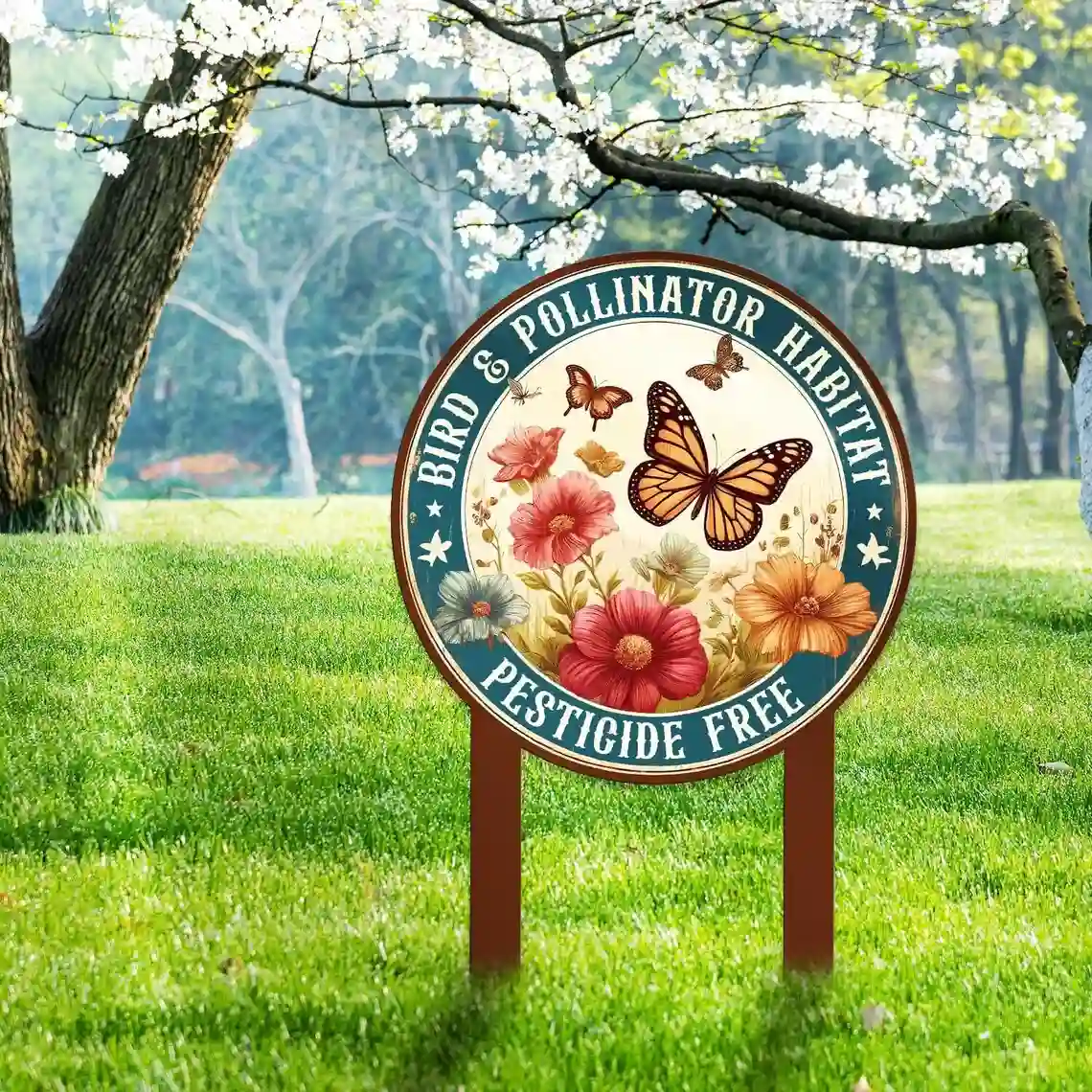
Announcement signage adds identity and meaning to the garden.
Details & Benefits:
-
A tasteful metal plaque or carved stone sign can identify the garden as a pollinator sanctuary.
-
It elevates the experience, letting visitors know this isn’t just decorative, it’s a purpose-driven space.
-
Helps foster awareness and respect; encourages caretakers to preserve habitat elements.
Use Case & Problem Solved:
In upscale settings, guests might mistake wild or lush beds as “unkempt.” A subtle sign clarifies intention, reducing pressure to trim or “tidy” habitat elements. It prevents well-meaning pruning or removal of habitat structures by staff or landscapers.
Where to Buy / How to Buy:
Available via eBay or specialty garden sign makers. Use the product link above to view styles and materials. Commission plaques in brass, corten steel, or engraved stone for enduring elegance.
2. Yellow Red Daffodil Seeds (Heirloom, Non‑GMO, Pollinator‑Friendly)
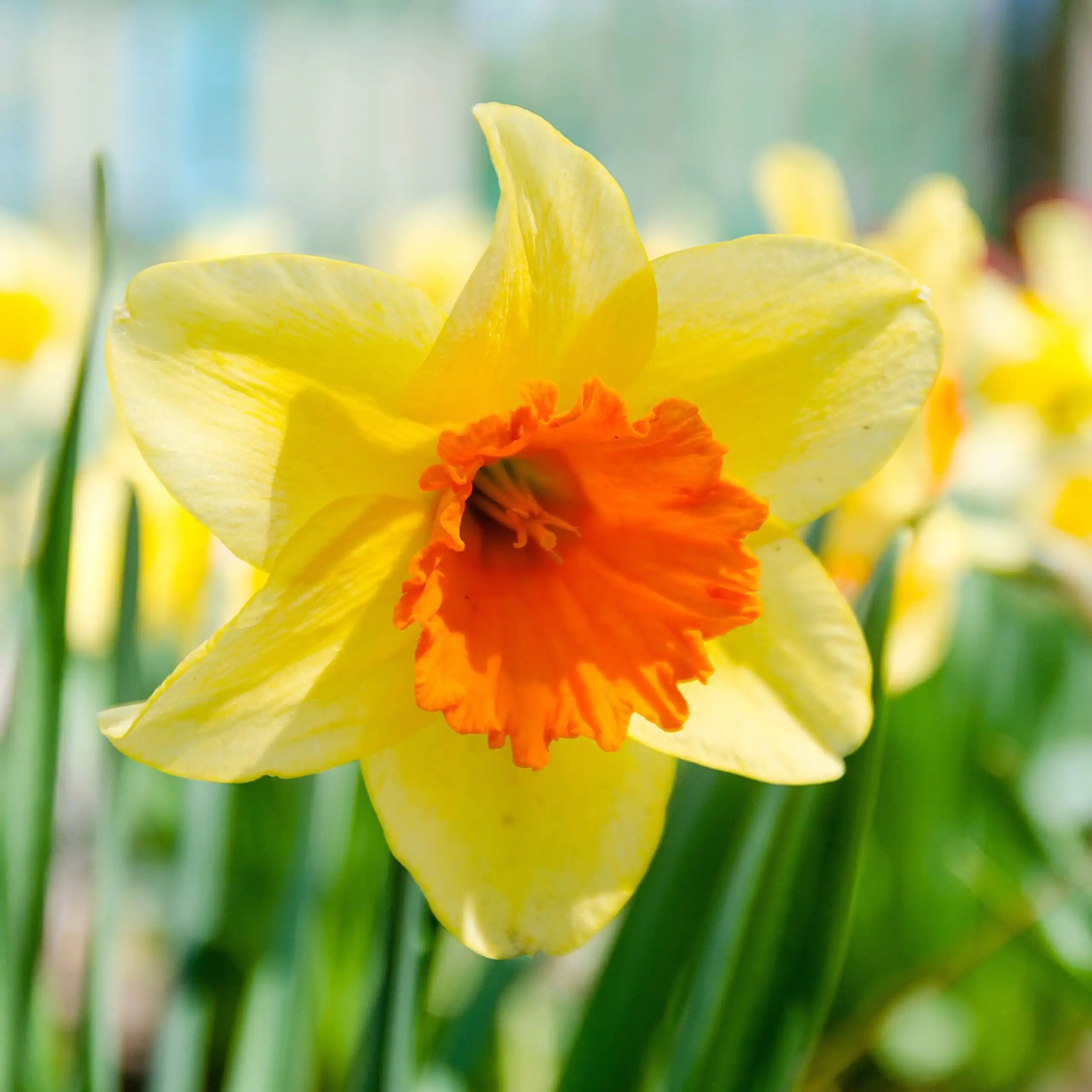
A bulb/seed option that supports pollinators in early spring.
Details & Benefits:
-
Daffodils bloom early when many pollinators emerge, offering nectar or pollen when few other plants are active.
-
Heirloom, non-GMO bulbs ensure environmental integrity.
-
Bright yellow/red colors contribute to early visual impact, signaling spring in refined landscapes.
Use Case & Problem Solved:
In a luxury garden, early bloom is desirable for the guest experience. Using pollinator-friendly daffodils provides both design flair and ecological function. They help bridge the nectar gap before the main bloomers emerge.
Where to Buy / How to Buy:
Purchase from specialty bulb or seed retailers. Use the product link to check suppliers. For high-end projects, order clean, high-grade bulbs with a uniform size to create consistent geometry.
3. A Flower Garden for Pollinators (book)
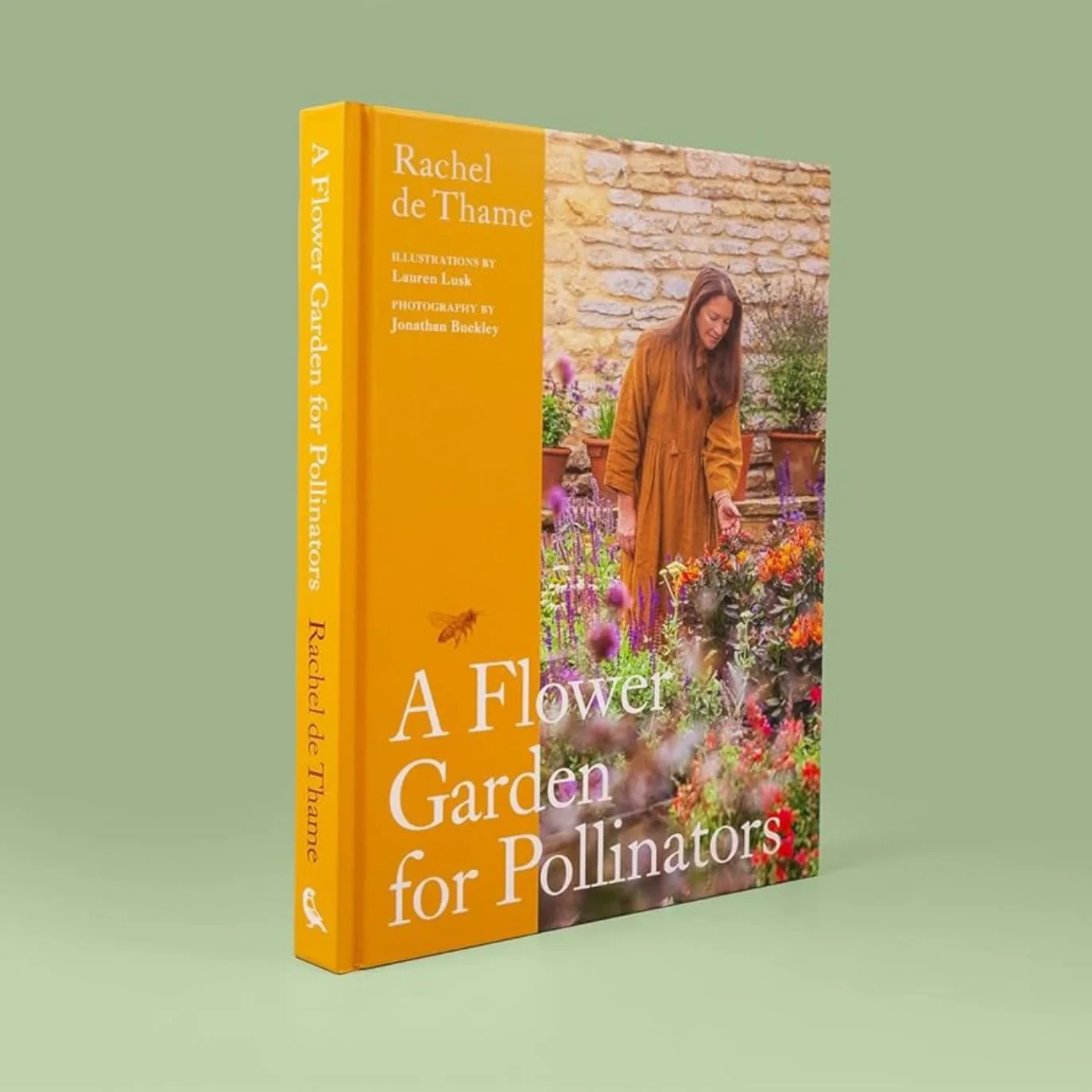
A design & reference guidebook for pollinator habitats.
Details & Benefits:
-
Curated with plant palettes, layouts, and case studies.
-
Offers inspiration, planting plans, and ecological rationale.
-
Aesthetic layout helps designers translate habitat into beauty.
Use Case & Problem Solved:
Designers or property owners use this book as a design reference. It helps bridge ecological knowledge with design language. In upscale projects, it guides choices in texture, bloom progression, and habitat layering.
Where to Buy / How to Buy:
Available via garden booksellers or online boutiques. Use the product link to view editions. Commission a few copies for the design team or client reference library.
4. Multipurpose Diatomaceous Earth (Pollinator‑Safe Pest Control)
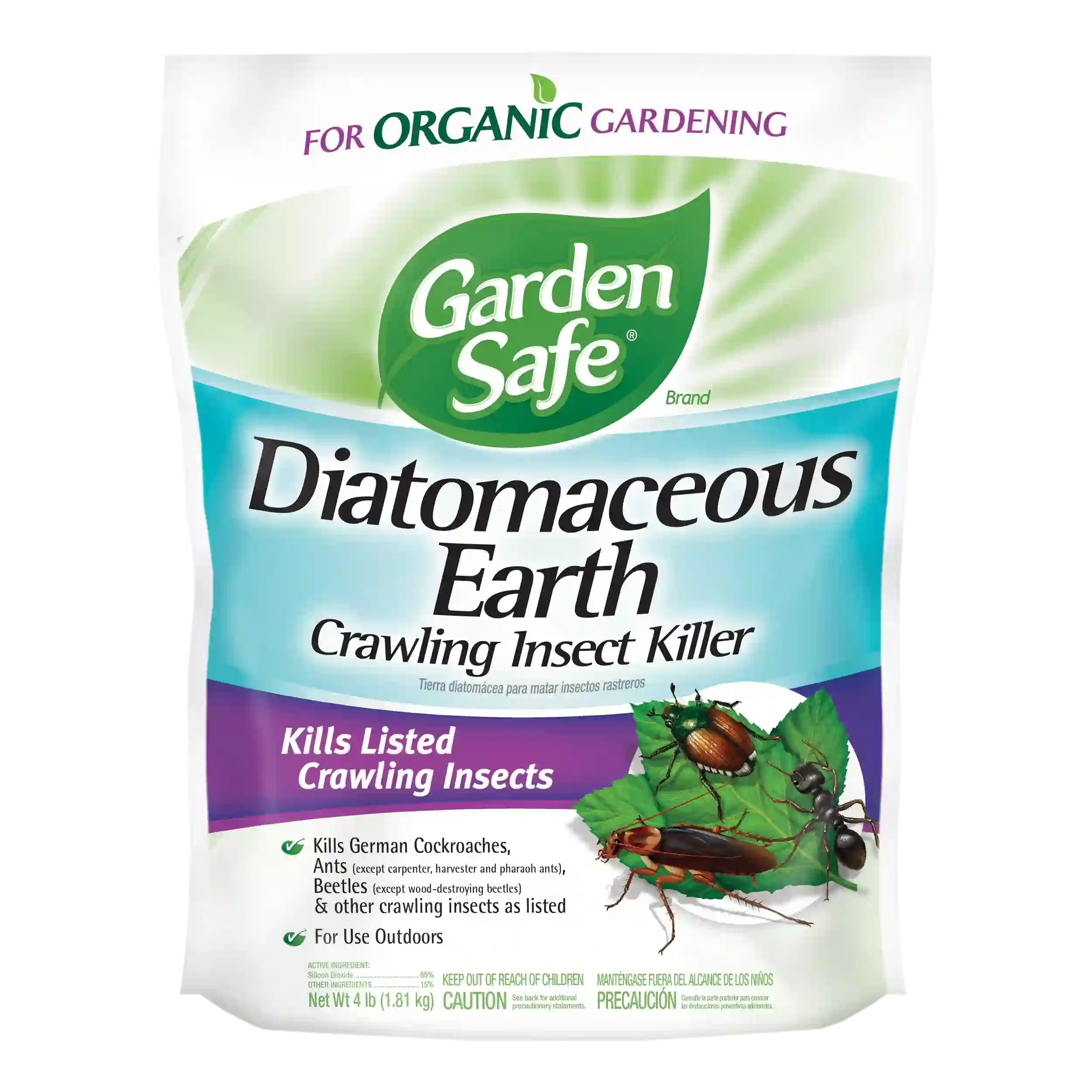
An organic pest control option n safe for pollinators.
Details & Benefits:
-
Diatomaceous earth (food-grade) disrupts soft-bodied pests like slugs or aphids without chemical toxicity to bees.
-
As a mechanical rather than chemical method, it dehydrates pests but not insects with exoskeletons or in flight.
-
Useful in high-end gardens where aesthetics and ecological safety both matter.
Use Case & Problem Solved:
In a refined pollinator garden, avoid broad-spectrum insecticides. Diatomaceous earth allows targeted pest control (e.g., crawling pests) without harming pollinators feeding on flowers. It’s a tactful compromise that maintains garden health while preserving habitat.
Where to Buy / How to Buy:
Available through organic garden suppliers and eBay (check purity). Use the product link above to compare brands and purity levels. Apply early morning or evening, when pollinators are less active.
5. Electric Pollen Pollinator Spot Pollination Machine
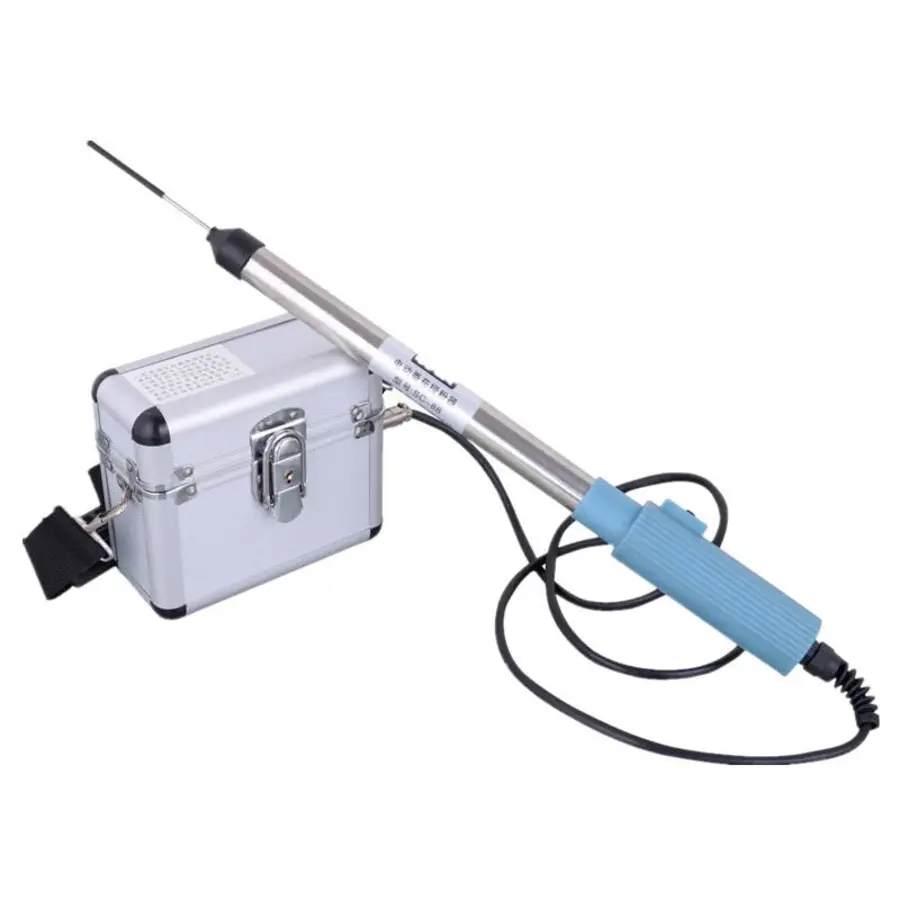
A niche device that augments natural pollination in selective zones (e.g, controlled greenhouse areas).
Details & Benefits:
-
A small electric device that applies pollen to specific flower clusters.
-
Useful in controlled zones (orchards, greenhouses) or during bloom window gaps.
-
Supports pollination in low-activity periods or when natural pollinators are limited.
Use Case & Problem Solved:
In high-end garden elements (e.,g. pollinator-themed greenhouses or show flower divisions), this device ensures pollination even if insect activity is low. For example, in early spring or late season, when insect presence is limited, it supplements pollinator services.
Where to Buy / How to Buy:
Look for specialized horticultural suppliers, or via the linked eBay. Use cautiously; this is a niche tool, not for general outdoor planting zones.
Integrating Premium Products Into Garden Development
-
Use pollinator garden signage at entry points or discreet garden corners to convey purpose.
-
Plant daffodil bulbs in early-bed zones to provide spring nectar and early interest.
-
Use the reference book to guide plant layouts, design language, and ecological integrity.
-
Apply diatomaceous earth selectively to protect against creeping pests while preserving pollinators.
-
Only in controlled segments or greenhouse niches, use the spot pollination machine to support bloom reliability.
These elegant tools complement design, rather than dominate it.
Step-by-Step Implementation Workflow
Site Assessment & Solar Mapping
Begin by tracking sun exposure, wind patterns, soil types, water flow, and microclimates. Pollinators prefer sunny, sheltered spots. Avoid placing nectar zones too far from pollinator flight paths.
Refined Plant Palette Selection
Choose native or pollinator-attractive species that also deliver desirability,ece, good form, foliage, and bloom color. Use plant lists from trending sources: lavender, echinacea, salvia, bee balm, goldenrod, penstemon, liatris.
Balance bloom times for continuity, include host plants (e,.g. milkweed for monarchs), and avoid nectar-depleted hybrids.
Hardscape & Feature Layout
Design paths, seating, viewing nodes, water features, and signage in tandem with planting zones. Avoid disjointed additions; every structural element should guide visitor flow and support pollinator corridors.
Habitat & Nesting Integration
Place insect hotels, nesting stems, bare-ground patches, and shelter shrubs within the garden zones. Locate them in sunny, protected areas, facing morning light.
Planting & Mulching
Install plants in clusters rather than singly. Use high-quality planting stock (plugs, container plants, or bulbs) for key zones. Mulch with coarse, ecologically appropriate materials, avoid heavy synthetic mats, and leave some bare soil for ground-nesting bees.
Water & Puddling Stations
Install shallow water basins, fountains, or dishes with stones or pebbles. Add a butterfly puddling station (damp sandy soil with trace minerals). Keep water fresh and free of pesticides.
Programming Maintenance & Monitoring
Monitor bloom timing, pollinator visits, plant health, and pest issues. Adjust irrigation, prune minimally, refill signage or structural elements. Maintain a “habitual walk” path for regular oversight.
Over seasons, the garden will mature; adjust plant mixes, infill gaps, and refine design as the plant community evolves.
Use-Case Narratives
Luxury Residence Entry Mall Garden
A homeowner wants a garden visible from the front drive that welcomes pollinators but still reads formal. The design uses gravel paths edged with lavender and salvia, specimen native shrubs framing the entrance, shallow stone birdbaths recessed into beds, insect hotels near shrubs, and signage. In early spring, daffodil bulbs bloom along the edges. The result is a refined, buzzing welcome zone that signals ecological stewardship.
Boutique Hotel or Resort Courtyard
Guests seek beauty and meaning. The courtyard uses layered native perennials, a polished shallow basalt trough with water ripple, custom signage, seating nodes overlooking planting zones, and habitat elements subtly integrated behind foliage. Butterflies flit among blooms, and guests encounter pollinators as part of the luxury experience.
High-End Show Garden for Landscape Firm
A demonstration garden shows how ecology and aesthetics combine. Designers use insect hotels, spot pollinator machines in greenhouse cut-away zones, educational signage, and curated bloom sequences. The garden attracts clients, media, and scientific interest.
Frequently Asked Questions
Q1: Can a pollinator garden be elegant and formal rather than wild?
A1: Yes. By layering planting structure, controlling scale, maintaining clean edges, using refined materials, and integrating habitat features subtly, you can achieve both elegance and ecological function. The wildness is curated, not chaotic.
Q2: How soon will pollinators visit a new garden?
A2: Often, within the first season, you’ll see visits, especially if the garden offers early bloom and sun. Butterfly and bee species are opportunistic. Over subsequent seasons, visits typically increase as habitat and nectar sources mature.
Q3: Do I need to remove all weeds or allow some mess?
A3: You need to strike a balance. Weed removal is essential where weeds outcompete target plants, but some “messy” elements (leaf litter, dead stems) provide overwintering habitat. In upscale gardens, designate zones where natural materials remain, and keep high-visibility zones clean but ecologically smart.
